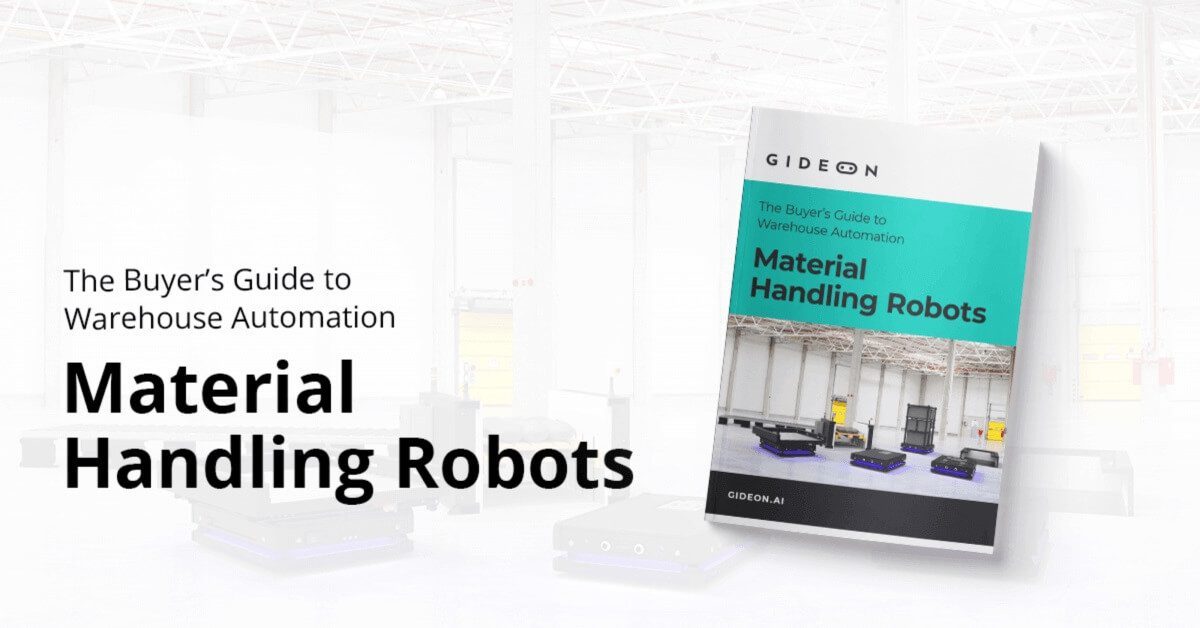- Leading with innovation
- blog
Six reasons behind the logistics robot boom

TABLE OF CONTENTS
‘Automate to grow’ is becoming the central tenet of Industry 4.0, not ‘automate to cut costs.
I have never seen anything like [it].
This is how Steve Banker, an analyst with 20 years of market research experience and a Forbes contributor covering logistics and supply chain, describes the “exploding” market of autonomous mobile robots (AMR). The ARC Advisory, a consultancy focusing on industry and infrastructure, shares that AMRs are “one of the fastest growing markets” the company has ever researched.
ARC Advisory is not the only market researcher forecasting exponential growth. Interact Analysis estimates that the sales of AMRs doubled in 2018, to 20 thousand units. They predict that by 2022, sales of autonomous mobile robots would surge to 350 thousand.
Catching a more extensive range of machines, Tractica, an emerging-tech market analyst, expects the sales of warehouse and logistics robots to grow from 194,000 units sold in 2018, to 938,000 units annually by 2022. This increase carries a CAGR just shy of 50%, bringing the market rather close to the current annual forklift sales (1.4 million in 2017, the latest available year). The value of the market will also grow at a staggering pace, expects Tractica, from $8.3 billion in 2018 to $30.8 billion in 2022.
The drivers of this incredible growth are multifaceted, and no logistics and manufacturing company is entirely unaffected. Even though media attention usually turns to stories on ‘robots replacing workers’, the fact is that this is rarely the actual story. In an age when digitalization and evolving customer expectations are transforming the way we do business, technology and automation are the only remaining option to counter labor constraints and ensure that their business remains sustainable. The companies that don’t automate are endangering their future growth – or even survival.
‘Automate to grow’ is thus becoming the central tenet of Industry 4.0, not ‘automate to cut costs.’ A poll that Manpower, one of the top global staffing companies, published in early 2019, confirms this motivation. According to the survey of 19,000 of their customers, nine out of ten companies say that automation will not lead to job cuts. In other words, they want to keep the employees they have or increase their numbers even as they continue automating.
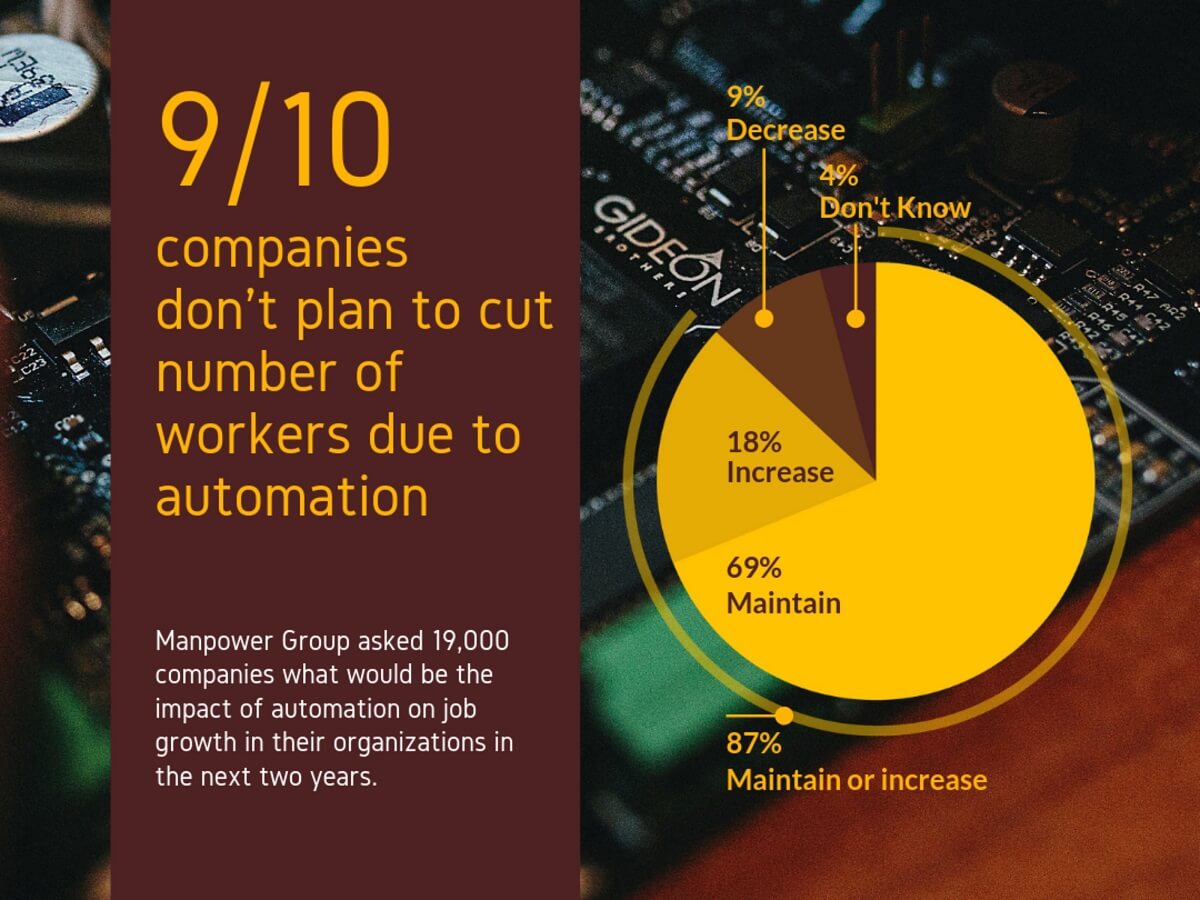
Why companies are turning to autonomous logistics robots:
1. Can’t find enough workers for warehouse jobs
The labor shortage is one of the top business risks, not only in mature markets around the world but also in many of the developing economies that are coping with an aging population, emigration, and other demographic forces. DHL notes that there is only one applicant for six supply chain vacancies. The lack of workers chokes growth and undermines the market position of companies that can’t fulfill peak demand.
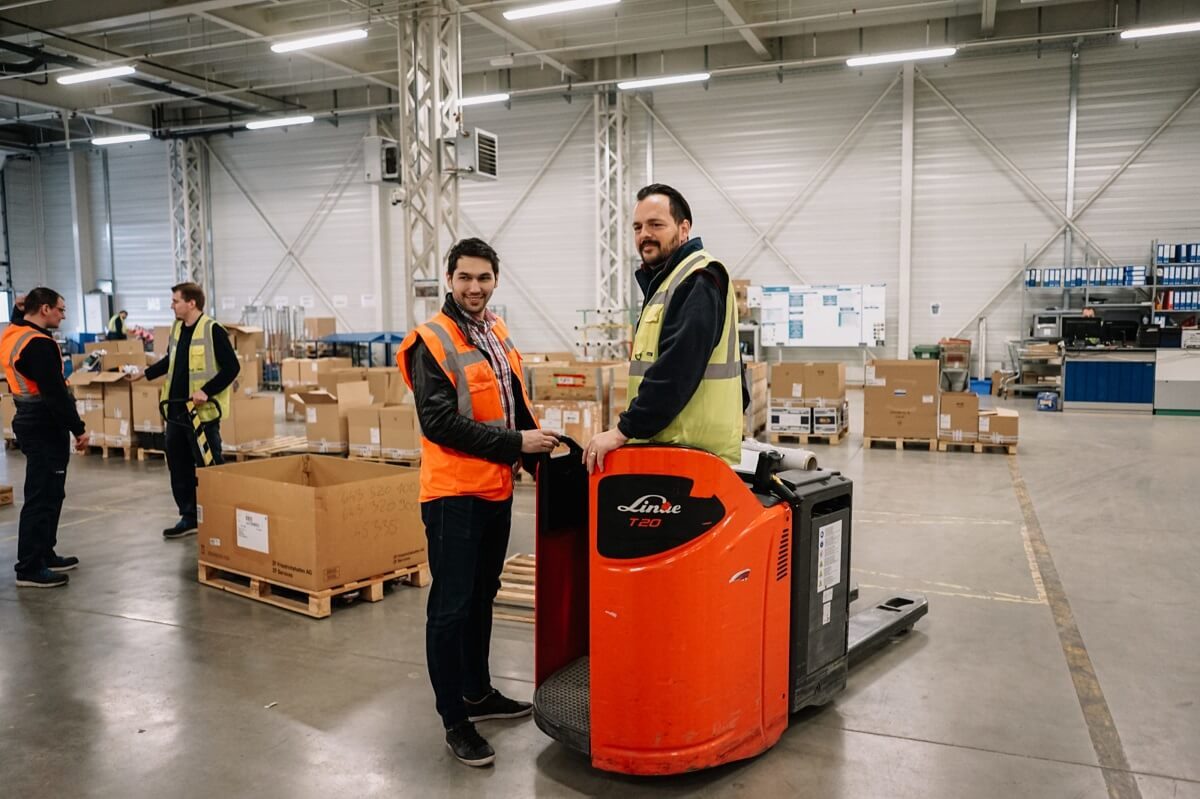
2. Employees leave quickly
High worker turnover is an endemic problem in logistics and material handling. The work is often physically demanding and repetitive, leading to lower worker satisfaction. Employees are hard to find, and then a large share leaves in search of less labor-intensive work. The annual turnover for warehouse jobs can reach 40%, and finding new workers brings high costs – up to the equivalent of three monthly wages, as companies need to advertise vacancies and divert resources to recruitment, hiring and training.
3. Forklifts are dangerous
Even with all of the safety precautions and best practices implemented, forklifts are still a significant cause of injuries in warehouse facilities, as human error can never be entirely eliminated. On a bustling warehouse or manufacturing floor, no one can be focused continuously or be aware of the full 360⁰ of their surroundings. Dr. Dirk Holbach, Managing Director of Global Supply Chain at Henkel, notes that “any elimination of a manual material movement” improves safety. Noting Gideon Brother’s “unique vision-perception technology […] which is not at all common in the market”, Dr. Holbach says that autonomous machines “avoid any kind of bad interaction with humans”, thus helping with both efficiency and safety. This is “a driver for us to want to be free of material movements done and triggered” by humans, concludes Dr. Holbach.
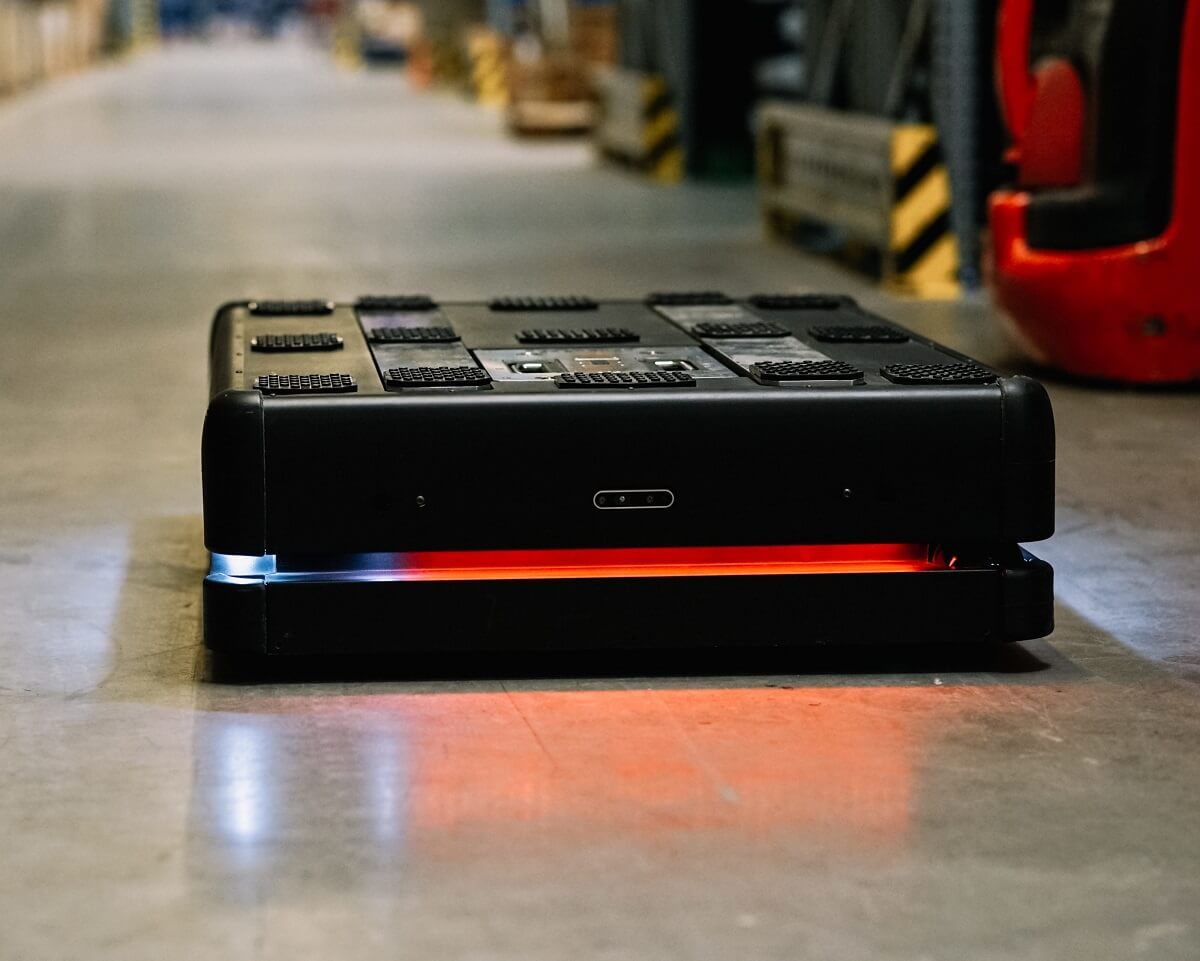
4. Customers demand a shorter delivery time
In today’s fast-moving economy, customer expectations are changing the way companies are doing business. Not only is retail being transformed, but B2B has also been affected, and companies that can cut delivery time to get a clear competitive edge. Taking into consideration the labor constraints, the intensely flexible automation that AMRs bring into logistics operations brings a crucial advantage for companies wanting to keep their customers happy even in peak demand periods.
5. A good WMS doesn’t do enough
Even in a completely paperless warehouse, one where various tools and software platforms streamline and optimize operations, the processes often break down in contact with real life, generating new inefficiencies. It is still the human employee that needs to go through the trudging, repetitive tasks, following computer-generated trails. However, introducing autonomous mobile robots and integrating them with warehouse management systems and similar software, brings a whole new level of automation and higher fulfillment accuracy and allows your employees to focus on value-added tasks.
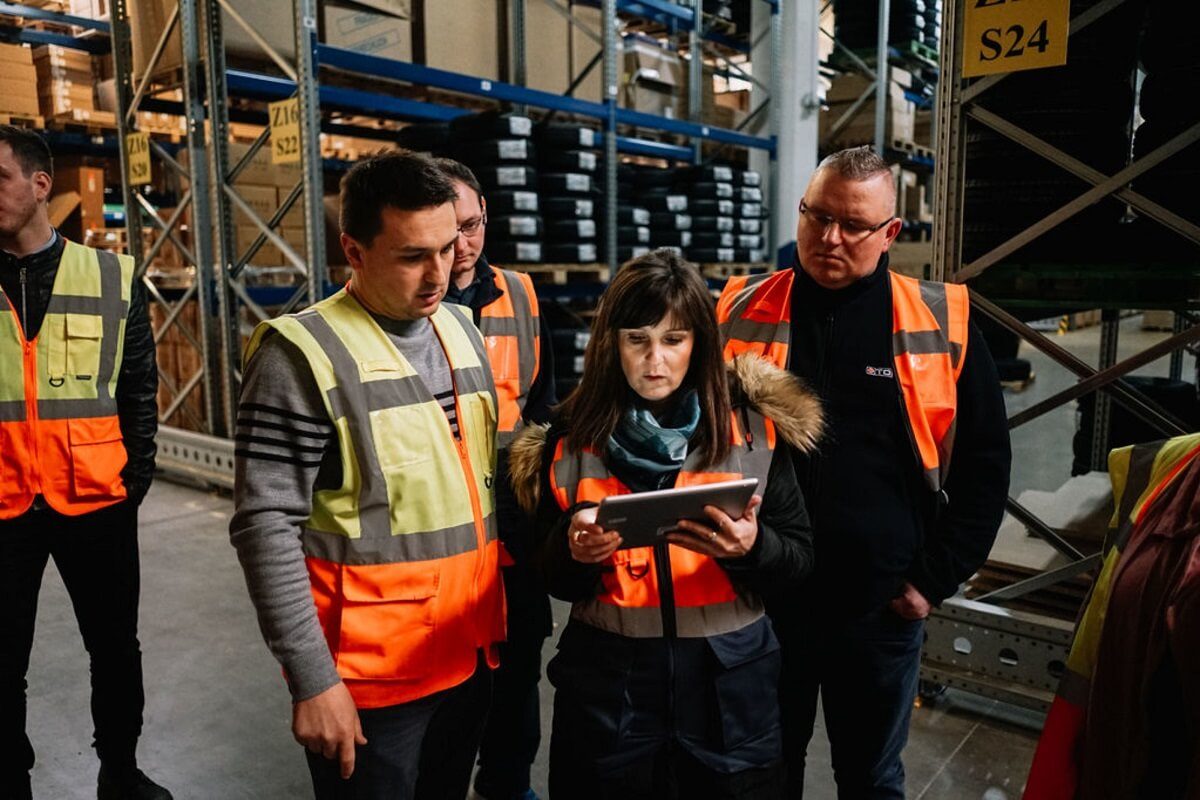
6. Guided vehicles require infrastructure that brings new costs for each change
Automated guided vehicles (AGV) all need tracks: magnetic tapes, beacons, laser guides, or routes programmed into the map AGVs use to navigate. This means that any implementation plan needs to take into account not only the cost of the machines themselves but also the overall system planning, the infrastructure set-up, as well as new costs and resources used up each time location of goods in a warehouse needs to change. AGV roll-out takes considerable time to design and set up. A good AMR, however, should be able to start working within hours, as and allow changes to be made with just a few clicks by any of your employees.
The same arguments are valid for automated storage and retrieval systems – these are expensive, take a long time to roll-out and, even if they are highly efficient, any changes are exceptionally resource-intensive, and in case of a break-down, operations are completely interrupted.
If you want to know more check out our free e-book that will help you understand when and how to select autonomous mobile robots as your preferred material handling solutions.
